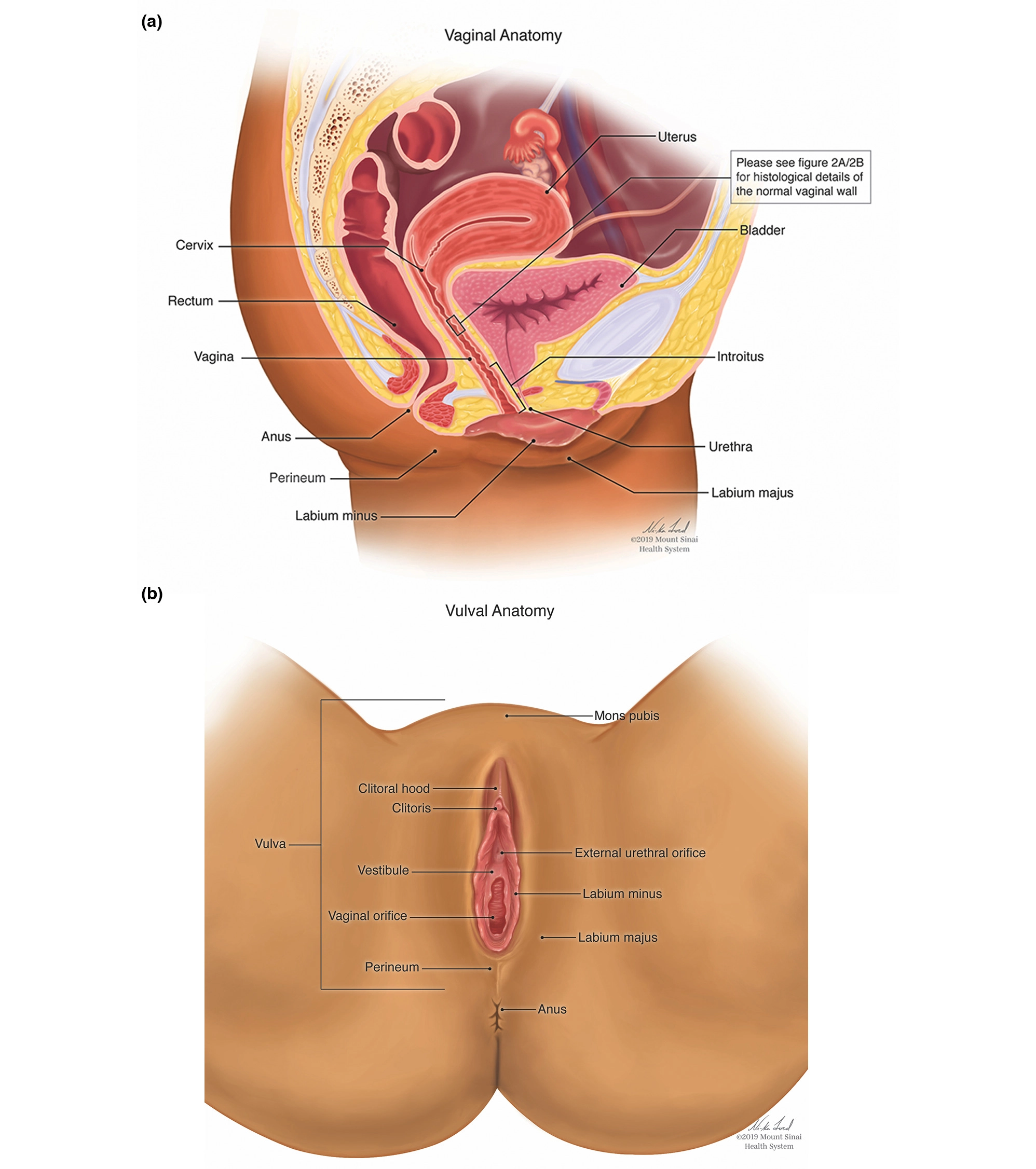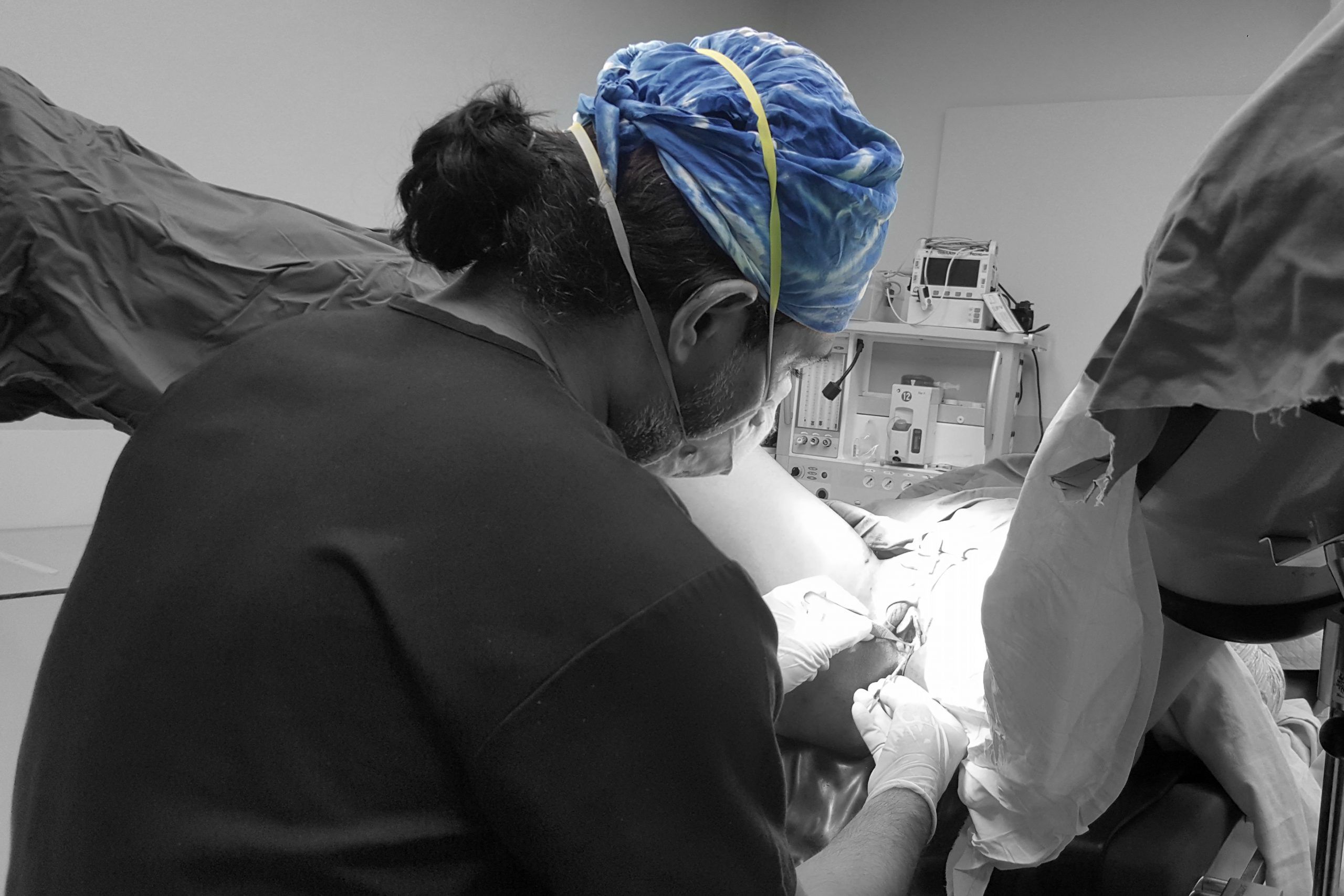VAGINOPLASTY/VAGINAL TIGHTENING
This surgical procedure involves excision of lose tissue from vaginal wall and then re-suture it. It aims to “tighten up” vagina that become slack or loose from vaginal birth or aging. While it’s true that vaginal tissues can stretch, surgically tightening the vaginal tissue in itself cannot guarantee a heightened sexual response, since desire, arousal, and orgasm are complex, highly personal responses, conditioned as much by emotional, spiritual, and interpersonal factors as aesthetic ones. In addition, sexual “sensitivity” doesn’t automatically lead to more pleasure – it can actually lead to pain. healing time for surgery is 4 to 6 weeks.

In order to decide if you should consider vaginoplasty or labiaplasty, it’s important to understand the difference between reconstructive surgery and cosmetic surgery. Certain functional problems, such as urinary incontinence needs to be fixed. But one has to be skeptical and cautious about cosmetic vaginal surgery due to its risks and lack of scientific data on safety and effectiveness.
Some vaginoplasty procedures, for instance, were originally developed as reconstructive surgeries to repair birth defects when the vagina was malformed, too short, or absent (such as in vaginal agenesis or merre Rokitansky syndrome), so that a girl could grow up to have normal urination, menstruation, and intercourse.

LABIAPLASTY
This type of plastic surgery on the labia (the lips surrounding the vagina), can be performed either alone or with vaginoplasty to aesthetically reshape the inner lips restoring their youthful appearance. Labiaplasty changes the size or shape of the labia, typically making them smaller or correcting an asymmetry between them.
Surgeries Related to Vaginoplasty and Labiaplasty
More recently, vaginoplasty has grown into a group of cosmetic surgeries marketed as “vaginal rejuvenation” and “designer vagina” procedures. Plastic surgeons and gynecologists are marketing their own array of designer vaginoplasty surgeries, claiming the same benefits to women as with other cosmetic surgeries, such as beauty, self-esteem, and confidence but results matter with terms of expertise in field of cosmetic surgery.
VULVOPLASTY
With advancing age vulva as a whole looses its youthfulness and becomes loose and saggy with a lot of wrinkles over outer lips. This decreases self confidence in females thus requiring fat transfer to labia majora, mons area. At times to relieve stress incontinence fat transfer is needed in the muscular layer of urethra to relieve the medical condition that is highly cumbersome condition females of child bearing age have to face.

Clitoral unhooding. Some surgeons are marketing a procedure called clitoral unhooding, which removes the tissue that normally covers the clitoris.
G-spot amplification. The front wall of the vagina, some experts believe, holds the highly erotic G-spot, an especially sensitive stimulation site for female arousal and orgasm. The G-spot amplification procedure involves injecting collagen into the front wall of the vagina, theoretically to increase pleasure.
Risks of Vaginoplasty and Labiaplasty
Women’s long-term satisfaction and complication rates from vaginoplasty and labiaplasty have not been tracked. Further, because these surgeries have not been evaluated in peer-reviewed medical journals the way other surgeries have been — some procedures are proprietary and trademarked.
The risks of vaginal cosmetic surgery include:
- Infection
- Permanent changes in sensation
- Ongoing pain
- Scarring
The best advice for women considering vaginal surgery: talk openly with your doctor about your feelings and concerns about your genitals, as well as your expectations for surgery and any possible non-surgical options. Targeted Kegel-like exercises can tone weak, loose vaginal muscles, for instance, and enhance sexual arousal; and counseling can address issues of sexual self-esteem and confidence.

Hymen repair (hymenoplasty)
Hymen repair (hymenoplasty)
“Revirgination.” The hymen, the thin tissue at the entrance to the vagina, normally “breaks” the first time a woman has intercourse. A surgery called a hymenoplasty repairs the hymen to mimic its original, virginal state, before a woman was sexually active. Because of the strong religious convictions surrounding the importance of virginity in some cultures, this is among the most controversial of cosmetic vaginal surgeries.. Repair of hymen is a highly conspicous outpatient procedure performed mostly under local anesthesia with sedation or general anesthesia depending upon individual circumstances.
After complete recovery of hymen repair when sexual intercourse is resumed bleeding results similar to the natural bleeding, that is considered proof for virginity in some cultures.
fear of this lost virginity decreases Confidence in females considering social taboos. Self confidence can be restored in these females after hymen repair, with special concerns of privacy and sterilization.
there are special concerns regarding safety as well as legislative values regarding this procedure in our culture. Safety of procedure depends on expertise of plastic surgeon to preserve delicacy of structure, the only risk factors are related to anesthetic drugs. post operative infection, wound dehiscence or bleeding risks are negligible.
Hymen reconstruction operations number are greatly increasing in Pakistan, indeed very popular here to keep virginity intact till wedding night.
Hymenoplasty is either just repair of torn edges in layers or complete repair of torn mucosa along with introitus as a result of forceful intercourse.
Hymen is torn typically at 5 ,6 and 7 o clock position. Hymenoplasty to resume virginity has very predictable outcome and guareenteed results.
primary healing needs at least 2 weeks time for bleeding to occur.
For complete healing 6 to 8 weeks are required
Hymenoplasty is very safe and rewarding procedure in hands of experienced plastic surgeon.
Patients also sometimes refer to these surgical procedures as female genital cosmetic surgery, vaginal rejuvenation, female genital rejuvenation surgery, vulvovaginal plastic surgery and designer vagina surgery, among other terms.
Before discussing each of these procedures, it is important to look at the anatomy.
External anatomy of the female genitalia
The hair-bearing portion over the pubic bone at the upper portion of the female genitalia is called the mons.
The hair-bearing outer lips are called the labia majora (singular is labium majus).
The inner lips (hairless area) are called the labia minora (singular is labium minus).
In the upper portion in the center is the clitoral hood, sometimes called the prepuce, which covers the clitoris in part or entirely. Below the clitoris is the urethral opening, and below that is the vaginal opening (introitis). There is a delicate membrane covering the vaginal orifice called hymen.
Now let’s look take a closer look at what aesthetic genital plastic surgery procedures are available to women.
NONSURGICAL
NONSURGICAL AESTHETIC GENITAL PROCEDURES MINIMALLY INVASIVE OPTIONS
Nonsurgical aesthetic genital procedures can help to reverse changes in a woman’s genitalia that are caused by childbearing, hormonal changes and/or aging.
What are nonsurgical aesthetic genital procedures?
As women go through childbearing, hormonal changes and aging, they can experience changes in their genitalia. Changes that can impact a woman’s quality of life include vaginal laxity, stress urinary incontinence, loss of vaginal lubrication or vaginal dryness, a decrease in erotic sensation and loss of tone and volume of the labia majora. As women, their physicians and the media are finally beginning to talk about these issues, the number of treatments available is increasing.
Devices that have been developed to treat some or all these changes use radiofrequency or laser energy to induce collagen tightening (vaginal HIFU). Fillers are also sometimes used to inject in the clitoris and/or “G-spot.” Though not all investigators agree that the G-spot exists, it’s described to be an erotic area just inside or with in 2cm of the front wall of the vagina.
